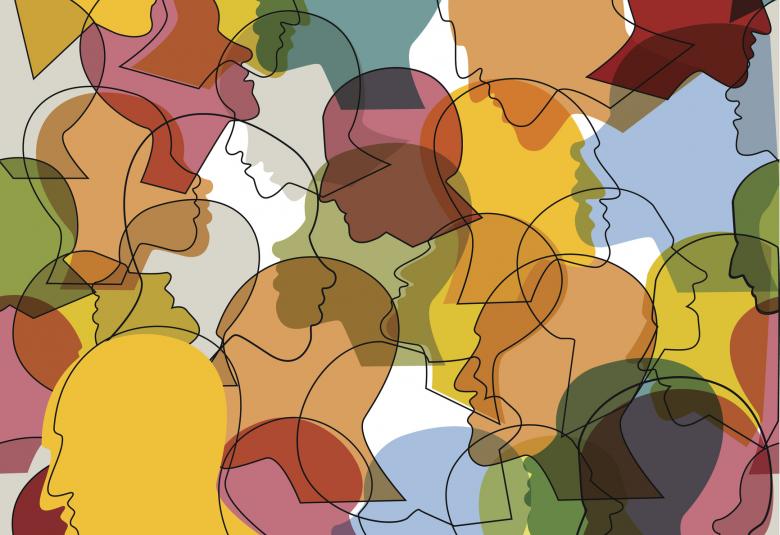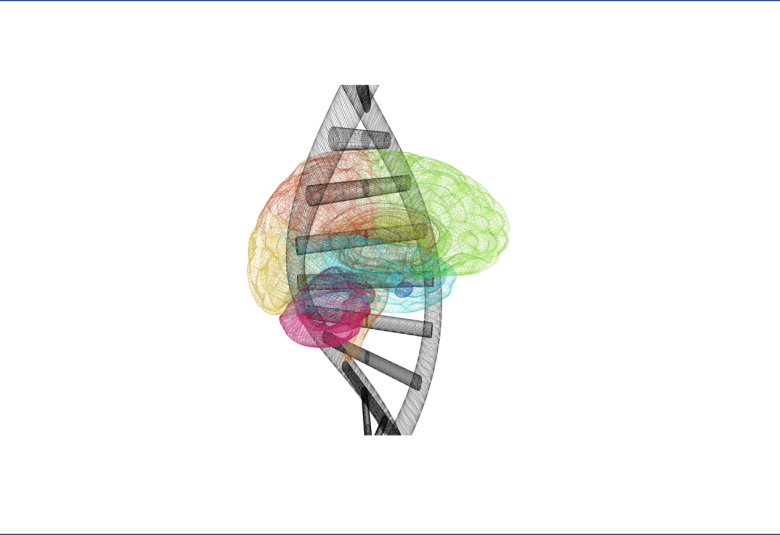Detecting mania with depressive symptoms
One area within bipolar I which tends to be particularly undiagnosed and at the same time a high risk episode for patients, is the mixed state of mania with depressive symptoms.
Manic episodes with depressive symptoms are generally more severe and are associated with a poorer prognosis than pure manic episodes. Although these states are common, they are not easily identified by clinicians.3,4
The DSM-5, includes a new 'With Mixed Features’ specifier for hypomanic, manic or depressive episodes episodes.5 For hypomanic and manic episodes, at least three of six depressive symptoms must be present to allocate the specifier.6 To complement this, a new module of the Mini International Neuropsychiatric Interview (M.I.N.I.) has also been developed to enable patient self-evaluation for the DSM-5 specifier. You can click here for a copy of the M.I.N.I.
Mini International Neuropsychiatric Interview (M.I.N.I.)
Presenting a poster on detecting depressive symptoms in mania at the 27th ECNP in Berlin last year, Professor Allan Young talked about the new module which he helped to develop.
![]()
“About 30-35% of people with mania will have significant depressive symptoms but we’re not very good at picking it up. This structured tool should help that. In addition, we correlated with other symptoms and it seems as though the depressive symptoms are particularly likely to flag up patients who have mania symptoms, irritability, agitation, and anxiety symptoms. This is important because this group is disproportionately vulnerable in terms of health outcomes; they tend to stay in hospital longer, they have poorer outcomes and they have higher suicide and attempted suicide rates. So this is a tool to help clinicians identify and hopefully treat better this vulnerable group of patients.”
Our correspondent’s highlights from the symposium are meant as a fair representation of the scientific content presented. The views and opinions expressed on this page do not necessarily reflect those of Lundbeck.




